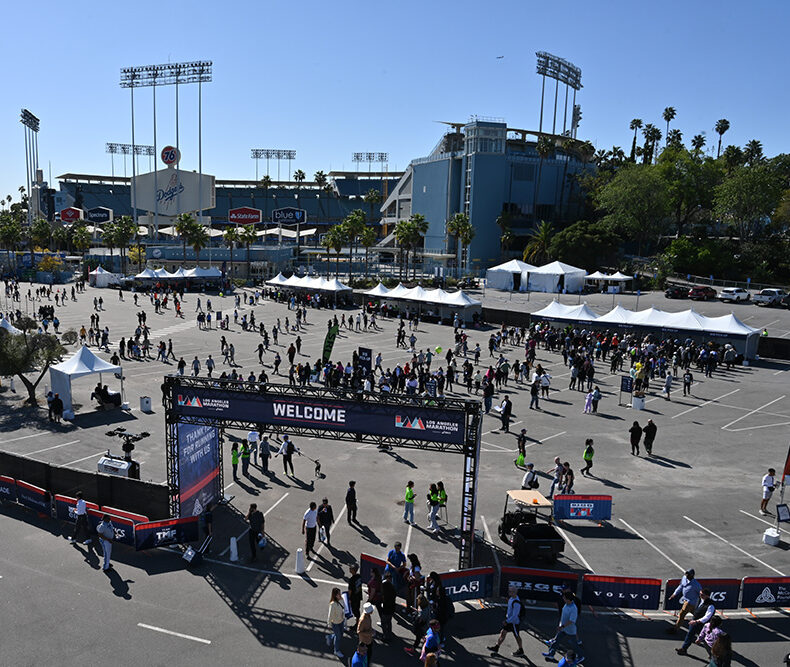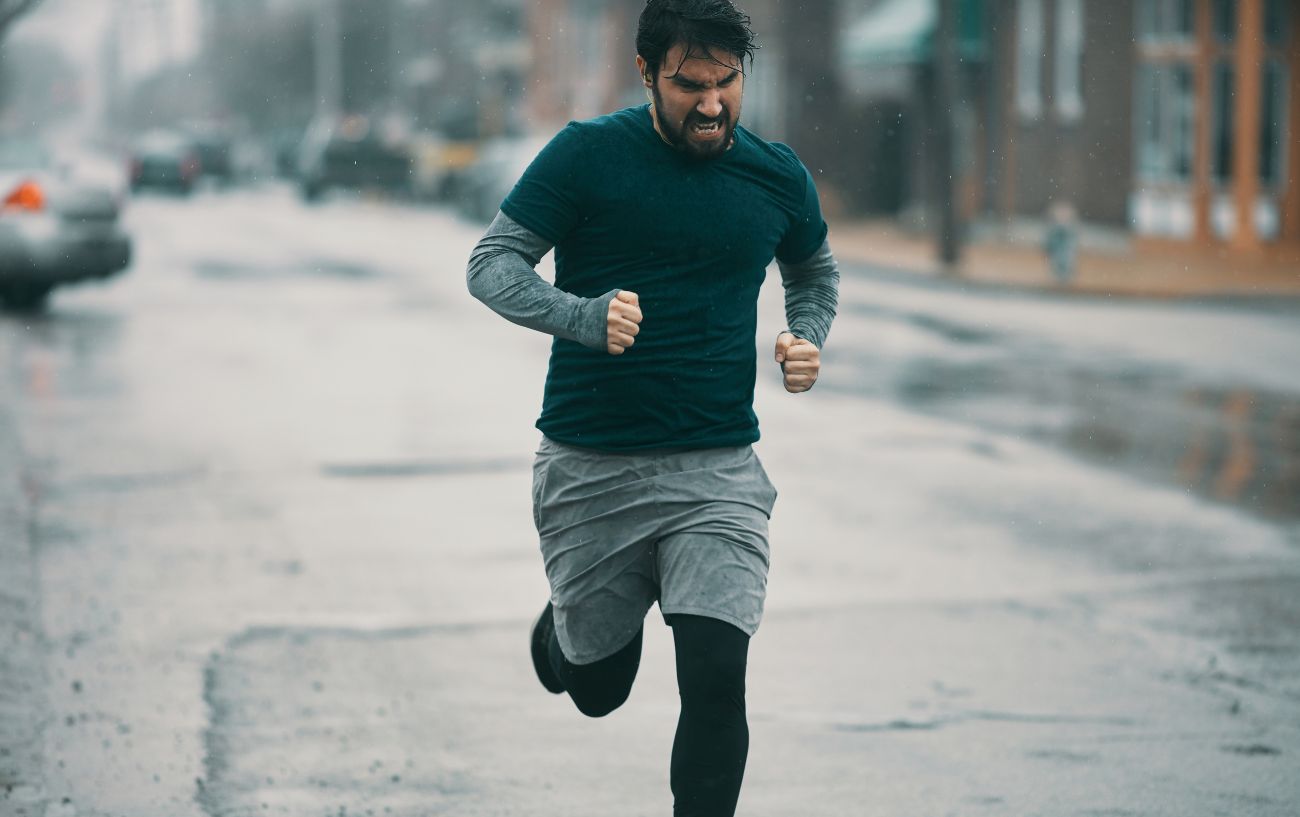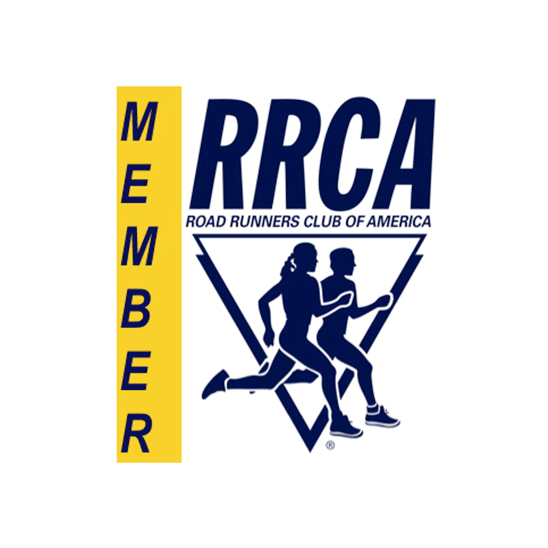As we get ready to change our clocks, it may be a good time review some safety considerations for your midweek training. At this point, you probably are set in your routine – you are either going out before work or after work or dinner. However, with the time change the sun may not be up for your morning run/walk and it will be getting dark earlier, so you are doing your midweek in the dark. We want you to be safe so here are few things to consider:
- Wear Visible Clothing.
a. Black clothing is not visible. Wearing black or dark clothing may look cool and be something you have been doing all along, but you need to consider visibility, especially if your area is not all that well lit. Opt for light, bright colors.
b. Wear Reflective Clothing. There are light-weight vests, some with just yellow reflective stripes, some with actual lights in them. Many manufacturers incorporate reflective fabric in their jackets. Whatever you choose, just know that making yourself visible is what it is all about. - Carry or Wear a Light.
I live on a street with only a very few streetlights, so I carry a small flashlight, not only to light my path to prevent a fall but also to flash at cars in intersections so they are aware I’m there. If you don’t like carrying a flashlight, consider a wearable light which you can find in most sporting goods and running stores. I have one that Nathan makes that is about an inch and a half clip-on and is really bright. A flashing light is more noticeable by cars. Again, don’t rely solely on something like this. Drivers are concentrating on traffic and not runners or walkers. - Be Defensive.
Always be aware of your surroundings. Don’t get so plugged into your music that you are unaware of what/who is around you. If you feel unsafe, you are and need to get out of that area. Sprint away, go into the street, cross the street, whatever it takes, GO. - Always have your phone with you.
A phone is your best safety equipment. Image if you fell and needed help. A group I was with was walking at Dockweiler in broad daylight and came across a biker who had fallen. He was hurt and did not have a phone. No one was stopping to see if he was okay. Luckily for him, we stopped and were able to put in a call for help. You want to have a phone. There are a lot of phone carriers that allow you to keep your hands free. Also, while you are at it, put an ICE (in case of emergency) number on your phone to make it easier to get a call to a member of your family or a friend to help you should you fall, sprain an ankle, or sustain any injury. - Drivers do not see you.
Drivers are focused on getting to their destination, and they do not expect to see a pedestrian (one of us) crossing a street. A driver’s main concern is to get into traffic so there is the tendency to only look at the oncoming traffic and they don’t expect to see someone crossing. My tip when crossing a side street is to cross behind the car. It is less likely that they will back up than just go forward into traffic or into you. - Observe all traffic signals.
Again, drivers are not looking for you. They may be making a hands-free phone call, checking messages or just listening to their radio. In other words, they may not be the most alert. Don’t tempt fate. - Choose well-lit areas for your midweek.
When I worked in Century City, I had mapped out a course along Santa Monica Blvd. for one of my midweeks. I took my running gear with me and changed at work. The good thing about doing that was once I was finished and back in my car, the majority of traffic had left the area and I actually had a quicker drive home. If you work in a well-lit area, check out the possibility of doing your run after work. It also is a good way to wind down after work. - Use a track for your midweek.
LEGGERS offers two track workouts available (locations in our weekly email), but if you can’t get to one of them, check out your local high school or college track to see if it is open at the time that works for you. Some parks also have running paths, just make sure they are well lit. Any place that keeps you off streets is good. Track is the best place to practice speedwork so use a track, rather than city streets if available to you.
These are just a few simple things to consider, not only at this time of the year, but whenever you lace up your shoes for a run or walk. Be safe.





